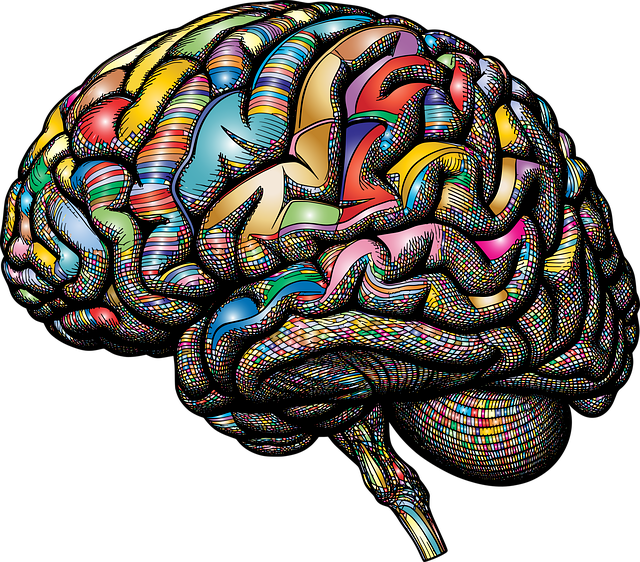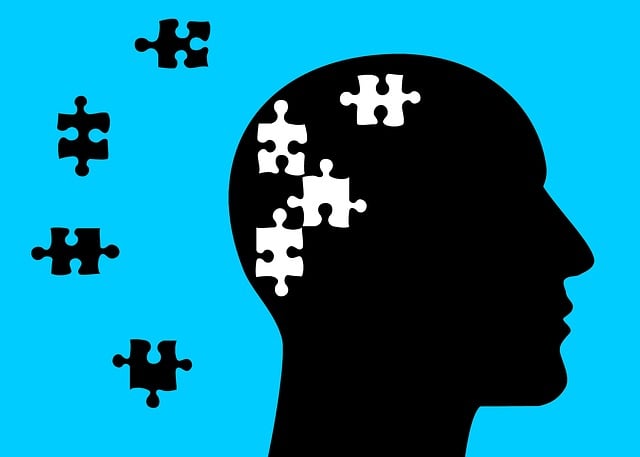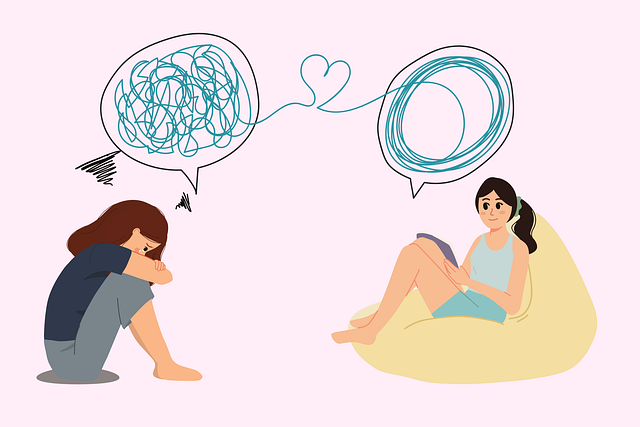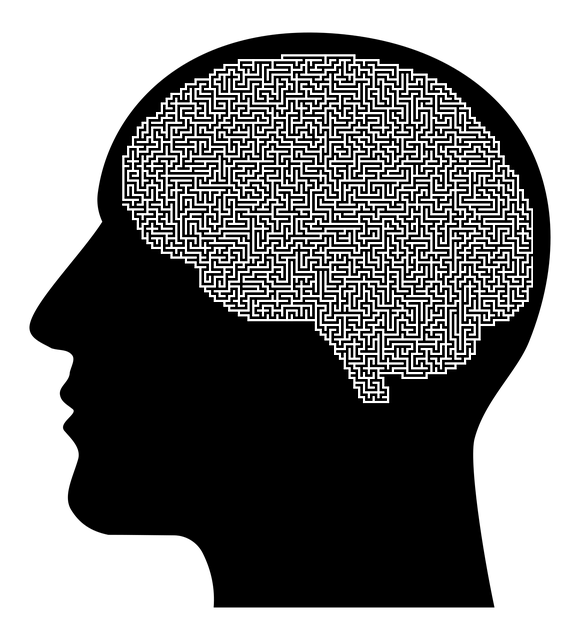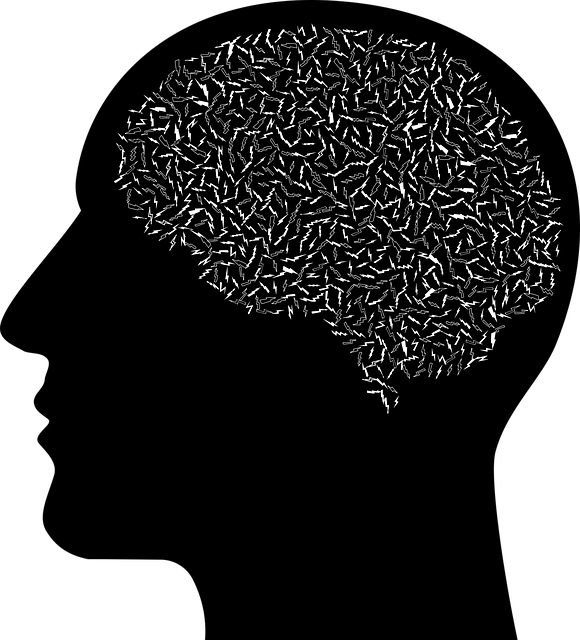Evaluating the success of therapy for adults with communication issues in couples involves assessing individual and interpersonal improvements, emotional regulation, and conflict resolution skills through direct interactions and standardized measures like questionnaires or outcome scales. Structured interviews and observation in informal settings help therapists assess progress, uncover healing processes, and facilitate understanding of underlying issues. Measuring program impact using surveys or interviews shows improvements in symptoms, coping mechanisms, and well-being, while client satisfaction is a critical indicator of effective communication skills, conflict resolution, and stress management strategies.
Mental wellness programs are increasingly vital in addressing therapy for adults and couples communication issues. This article explores three key evaluation methods to measure their effectiveness. We delve into assessing individual and couples therapy outcomes, examining communication skills through specific evaluation techniques, and gauging program impact alongside client satisfaction. By understanding these metrics, professionals can enhance services tailored to adult and couple relationships in need of support.
- Assessing Individual and Couples Therapy Outcomes
- Communication Skills Evaluation Techniques
- Measuring Program Impact and Client Satisfaction
Assessing Individual and Couples Therapy Outcomes

Evaluating the outcomes of therapy for adults with communication issues within couples is a multifaceted process that goes beyond simple self-report. It involves assessing improvements in both individual and interpersonal domains, as well as changes in emotional regulation and conflict resolution skills. For individuals experiencing anxiety relief, social skills training can be a key indicator of success. By observing participants’ interactions during sessions and comparing them to initial assessments, therapists can gauge the development of healthy communication strategies.
In addition to direct observations, standardized measures such as communication inventory questionnaires or couple therapy outcome scales can provide quantitative data on specific aspects like active listening, empathy, and problem-solving. These tools help identify areas where both partners have made progress, pinpointing strengths and weaknesses in their communication patterns. This comprehensive evaluation allows for tailored adjustments to the treatment plan, ensuring that each partner receives targeted support to enhance their relationship dynamics and overall mental wellness.
Communication Skills Evaluation Techniques

Effective communication is a cornerstone of any successful mental wellness program, particularly when addressing therapy for adults and couples facing communication issues. Evaluation techniques in this area focus on measuring both verbal and non-verbal cues to assess the quality and impact of interactions. One common method involves structured interviews where participants discuss their experiences, allowing therapists to gauge progress and identify areas needing further attention. These conversations often uncover valuable insights into emotional healing processes and facilitate a deeper understanding of underlying issues.
Additionally, observation plays a vital role in communication skills evaluation. Therapists may observe sessions or interactions outside of formal therapy settings, such as during group activities or social gatherings within the organization. This allows for an assessment of clients’ ability to navigate conversations, manage conflicts, and express themselves authentically—skills crucial for stress management workshops designed to enhance mental health awareness.
Measuring Program Impact and Client Satisfaction

Measuring the impact of a mental wellness program is crucial to understanding its effectiveness and client satisfaction. One way to gauge this is by collecting feedback from participants through surveys or interviews. These tools can assess the program’s ability to improve symptoms, enhance coping mechanisms, and increase overall well-being. By asking about specific aspects such as communication skills, conflict resolution, and stress management, organizers can identify areas where the program excels or requires improvement. For instance, evaluating post-program communication between adults and their couples can reveal significant advancements in understanding and resolving issues, fostering healthier relationships.
Client satisfaction is another vital indicator of a successful mental wellness initiative. This can be measured by assessing participants’ overall experience, the relevance of activities to their personal needs, and whether they would recommend the program to others. High satisfaction levels often indicate that the program has not only met but exceeded expectations, boosting confidence and encouraging continued engagement in self-care practices. Moreover, satisfied clients can become advocates for mental wellness, contributing to public awareness campaigns development and Burnout Prevention strategies within their communities.
Evaluating mental wellness programs is essential for understanding their effectiveness in treating therapy for adults and couples with communication issues. By assessing individual and couples therapy outcomes, utilizing specific communication skills evaluation techniques, and measuring program impact alongside client satisfaction, we can gain valuable insights to enhance these initiatives. These methods are key to ensuring that such programs not only meet but exceed expectations, fostering healthier relationships and improved mental well-being.
